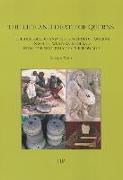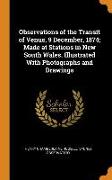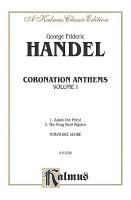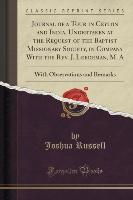- Start
- The Life and Death of Querns
The Life and Death of Querns
Angebote / Angebote:
Querns are special artefacts as they are concerned with subsistence and supporting life in a manner which few other artefacts can emulate: they transform raw material into a usable consumable commodity. Their association with women, the production of food and the movement of the upper stone, suggests symbolical links between querns and life cycles - agricultural, human and building. They can also be read in terms of gender relations and the turning of the heavens. It is not surprising therefore that they have a special symbolic role in early societies.In 1995 JD Hill published his seminal thesis that many of the rubbish pits commonly found on Wessex Iron Age sites, were carefully¿structured¿ deposits, with meaning reaching far beyond the mere disposal of refuse. He mentioned the special role of querns, but as his thesis focussed on animal bones this idea was not followed up ¿ until now. This book analyses the deposition of querns in prehistoric south-western England, cataloguing how and where they are buried, the associated artefacts and their possible significance. The discussion is broader, however, exploring the object biography and symbolism of querns, taking the reader to unfamiliar territories around the world. This is a new ground-breaking work, which with its full bibliography will stimulate fresh studies and at the same time set the agenda for a new field of investigation. A long standing interest in querns led to the author taking a degree in archaeology as a mature student at the University of Exeter. This was followed by the in-depth research presented in this book, which formed the basis of a thesis for which she was awarded her doctorate at Exeter in 2012. She has studied and reported on querns from a wide range of sites, from Wharram Percy in Yorkshire to Dichin in Bulgaria, and has presented papers at both national and international conferences on the object biography and the function and symbolism of querns and millstones. She compiled the Data Sheet on querns for the Finds Research Group and has written and co-authored several articles. She lives in Devon with her husband, Martin, a leading molinologist, and two black cats.
Folgt in ca. 15 Arbeitstagen




